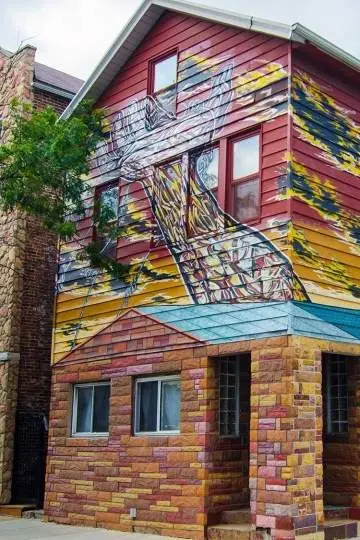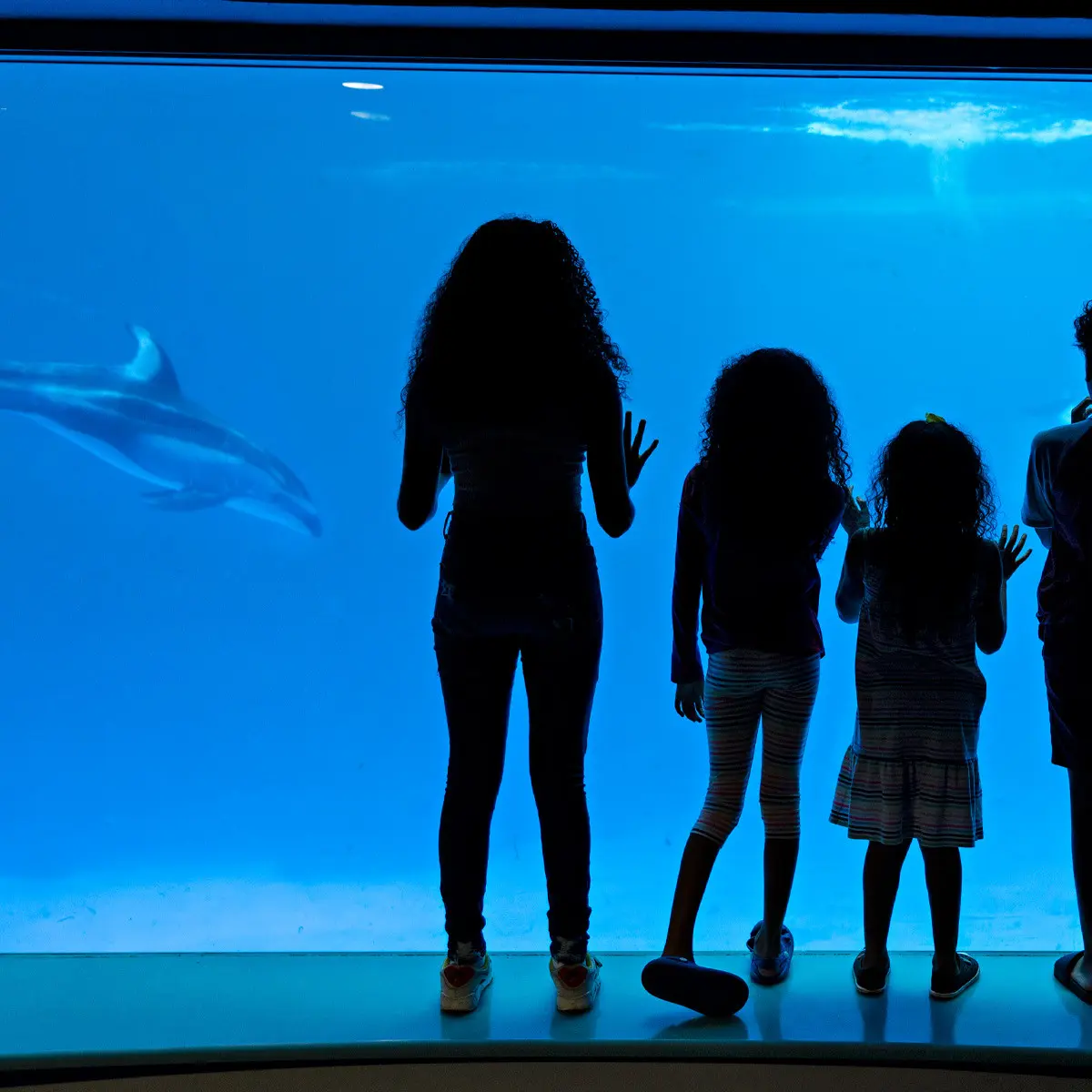
Latinos make up the second largest ethnic group in Chicago, so it should come as no surprise that Chicago is also home to some of the most vibrant Latino communities in the country.
From Pilsen/Little Village to Humboldt Park, here’s a look at where to eat— and what to see— in these culturally rich neighborhoods.

Pilsen/Little Village
Kristoffer's Café & Bakery
Located on the art gallery–laden stretch of Halsted Street in Pilsen, this Mexican sweets shop and coffee house is known for its tres leches (three milk) cake, a favorite of celebrated chef Rick Bayless. The local spot also brews specialty coffees, making it an ideal first stop on your Pilsen excursion.
Carnitas Uruapan
A small storefront located across the street from the 18th Street Pink Line stop, this is a must-do if you’re looking for authentic eats. There’s one delicious catch, though. You’ll only find one kind of taco here: carnitas. Ordered by the pound, the slow-cooked pork comes served to you on a platter with corn tortillas and a side of salsa verde. You get to concoct your own taco, which is part of the experience. If you’re looking for additional sides, Carnitas Uruapan also makes some of the best chicharrones to be found in Chicago as well as refried beans and cactus salad.
Simone's
Next up? Grab a libation at Simone’s, a hip, eco-friendly bar and grill that's a favorite among locals. Murals cover the walls both inside and out here, making the space as eclectic as the neighborhood itself. The vibe here is both fun and chill. In addition to cocktails, an expansive beer list, and a great menu of creative and sustainable bar fare, Simon's joint also plays host to pop-up art installations and regularly features live DJ sets. It’s a mini cultural institution of its own, and worth a visit if you're looking to take in some local flavor.
Thalia Hall
Originally built as a performance hall in 1892—and modeled after Prague’s Opera House—Thalia Hall sat vacant since the 1960s, but it's recently been restored to its original glory. Today, the reimagined space includes a restored performance venue, a beer-centric restaurant with a Michelin-starred chef, and an underground bar that specializes in punch. So while not Latino-focused, per se, this gem is an undeniable part of Pilsen's history and evolution over the years, making it a worthy stop as you explore of one of Chicago’s most colorful and unique neighborhoods.
National Museum of Mexican Art
When the Mexican Fine Arts Center Museum first opened its doors in the early ‘80s, its focus was to build an organization that was committed to education and social justice for the community. Since then, it has evolved into one of the U.S.'s leading authorities on Mexican art. Now known as the National Museum of Mexican Art, this cultural treasure— the only Latino museum accredited by the American Alliance of Museums—boasts a 6,000-plus-piece permanent collection, rotating exhibits, and performing-arts showcases. Each year around Halloween, the museum hosts the city’s most-visited Day of the Dead exhibit. After visiting the galleries, make sure to pop into Tienda Tzintzuntzán, the museum’s gift shop. It offers a beautifully curated selection of hand-picked items from Puebla, Taxco, Metepec, and other Mexican regions.

Humboldt Park
When he unveiled his grand design for the city of Chicago in 1909, architect Daniel Burnham envisioned an “Emerald Necklace” of lush parks and grass-lined boulevards embedded within the city. One of the keys to this plan is Humboldt Park, a sprawling urban oasis on the northwest side of the city featuring walking and running paths, gardens, playgrounds, fields, lagoons, and Germanic- and Prairie-style architecture.
Humboldt Park lends its name to the surrounding neighborhood, home to a vibrant community steeped in Puerto Rican culture. Walking north along Humboldt Boulevard, check out the local vendors who line the street selling everything from Puerto Rican flag t-shirts and elote to watermelons from the back of a pick-up truck in the warmer months. Talk about exploring like a local! It’s a fun experience.
The Iconic Puerto Rican Flags
The Paseo Boricua is also home to both of Humboldt Park's iconic and massive metal Puerto Rican flags. Weighing 45 tons and measuring 59 feet tall, the flags stretch across the street at each end of the strip, signaling your entrance into the heart of Chicago’s Puerto Rican community. The flags are a compelling monument and a proud symbol of this community’s deeply rooted Latino pride. They also make for some epic, Instagram-worthy shots.
National Museum of Puerto Rican and Culture
While still in the park, it’s time for some culture. Housed in what was once the Humboldt Park horse stable—a beautiful Queen Anne style building that dates back to 1895—you’ll find The National Museum of Puerto Rican Arts and Culture. The country’s only museum dedicated entirely to Puerto Rican arts and culture, NMPRAC hosts a variety of exhibits, from traditional vejigante masks to contemporary Puerto Rican art collectives. Best of all? Admission is free.
By Amber Holst of Concierge Preferred











